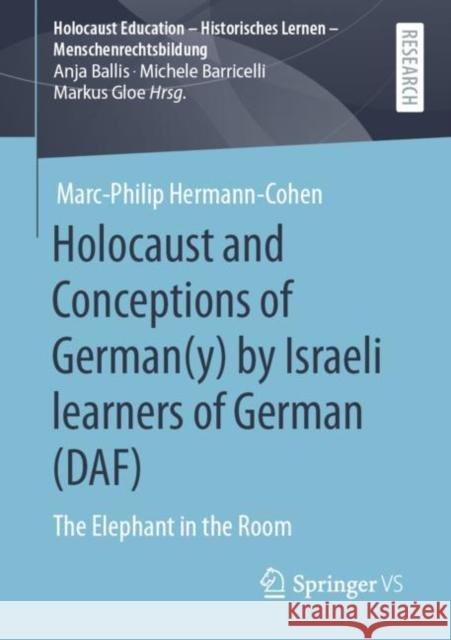Holocaust and Conceptions of German(y) by Israeli Learners of German (Daf): The Elephant in the Room » książka
topmenu
Holocaust and Conceptions of German(y) by Israeli Learners of German (Daf): The Elephant in the Room
ISBN-13: 9783658342111 / Angielski / Miękka / 2021 / 141 str.
Holocaust and Conceptions of German(y) by Israeli Learners of German (Daf): The Elephant in the Room
ISBN-13: 9783658342111 / Angielski / Miękka / 2021 / 141 str.
cena 362,27
(netto: 345,02 VAT: 5%)
Najniższa cena z 30 dni: 346,96
(netto: 345,02 VAT: 5%)
Najniższa cena z 30 dni: 346,96
Termin realizacji zamówienia:
ok. 22 dni roboczych
Bez gwarancji dostawy przed świętami
ok. 22 dni roboczych
Bez gwarancji dostawy przed świętami
Darmowa dostawa!
Kategorie:
Wydawca:
Springer vs
Seria wydawnicza:
Język:
Angielski
ISBN-13:
9783658342111
Rok wydania:
2021
Wydanie:
2021
Numer serii:
000889875
Ilość stron:
141
Waga:
0.22 kg
Wymiary:
21.01 x 14.81 x 0.94
Oprawa:
Miękka
Wolumenów:
01
Dodatkowe informacje:
Wydanie ilustrowane











